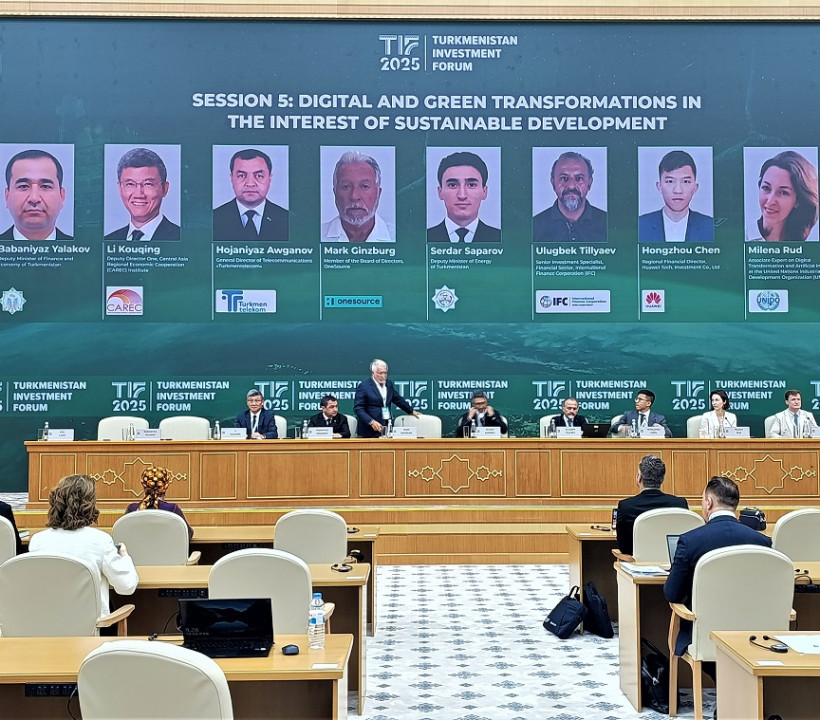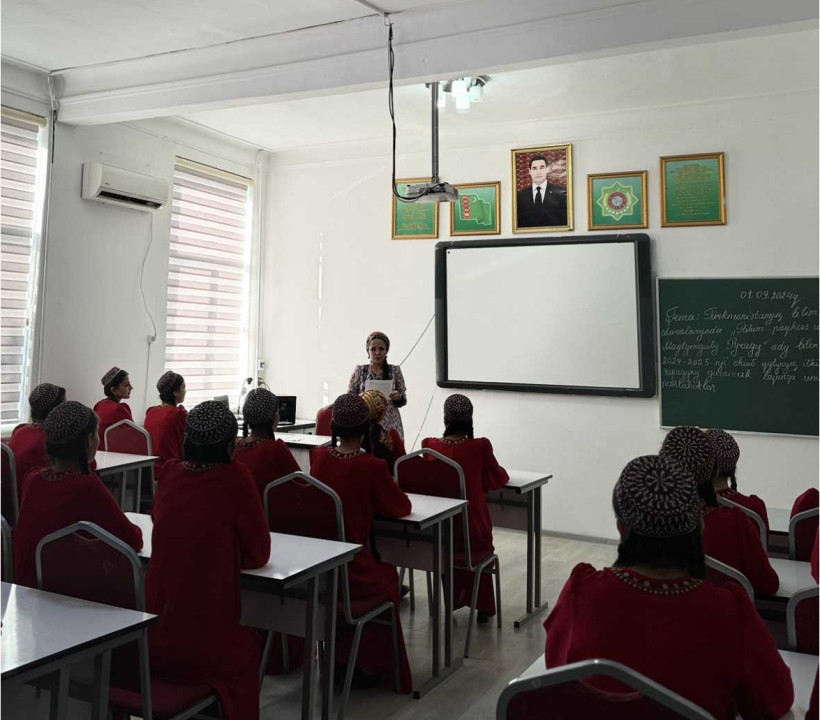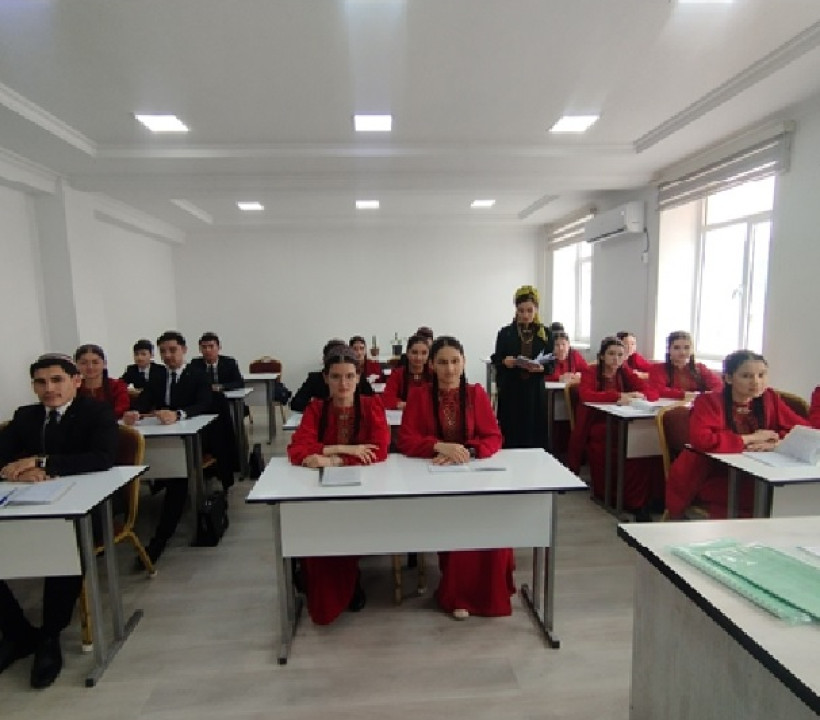Young scientists - the beginning of development
During the period of the revival of a new era of a stable state, our country of Turkmenistan is moving forward, using advanced scientific technologies in solving strategic socio-economic tasks set by the President of the Republic of Turkmenistan. The pace of development of any country depends on the abilities of the younger generation. If in any country these opportunities are wide, then the desire of the younger generation to join the world of science, to become sufficiently familiar with technologies, and to develop their scientific skills increases. Raising a patriotic, capable, physically healthy and educated young generation in a developing country is one of the strategic objectives of the development of Turkmenistan, clearly defined by the President of the Republic of Turkmenistan.
Of particular importance is the correct implementation of youth policy in Turkmenistan in accordance with the noble principles of our ancestors and in accordance with modern social requirements, as well as the fact that youth occupies an important place in state life in all aspects. In this regard, as Honorary Hero President Serdar Berdimuhamedov noted, the main goal of the work being carried out is to create a generation of broad-minded professionals who own advanced technologies. From this point of view, it can be noted that the work of talented and qualified youth in all sectors of the country’s national economy, including transport and communications and other sectors, is among the priority tasks.
Today, great opportunities are opening up in terms of developing interaction between Turkmen youth and the youth of other countries. In this regard, the “Strategy for International Cooperation of Youth of Turkmenistan for 2023-2030” is aimed at strengthening ties with the youth of other countries in order to build a bright future. These relationships are reinforced by various opportunities among students studying at the Naval Secondary Vocational School in Turkmenbashi. Scientific and educational conferences are regularly held with students and teachers-professors of various maritime educational institutions, located mainly in neighboring Caspian countries. Also during training sessions, the achieved levels of science are discussed in relation to the relevant professions taught in educational institutions.
Today, automation of technological processes is one of the important areas of production in all countries of the world. In most industries, the human role is only to monitor the operation of automatic controllers. Human functions, not only physical, but also intellectual, are gradually overloaded with technology. Because modern technology is capable of performing technological cycles independently and controlling the progress of the working cycle. Automation of technological processes is the replacement of human physical labor spent on controlling mechanisms and machines with the work of special structures that ensure this control. Automation of production processes has recently become one of the main areas of the technical profession.
Creating all conditions for reading and learning increases love for our dear Motherland, our heroic comrade, our fellow heroic commander, our beloved people.
May the souls of our National Leader and President of the Republic, who care about the youth in our statehood, live long and long!
Prepared by: Teacher Tagantuvakov Kelte





